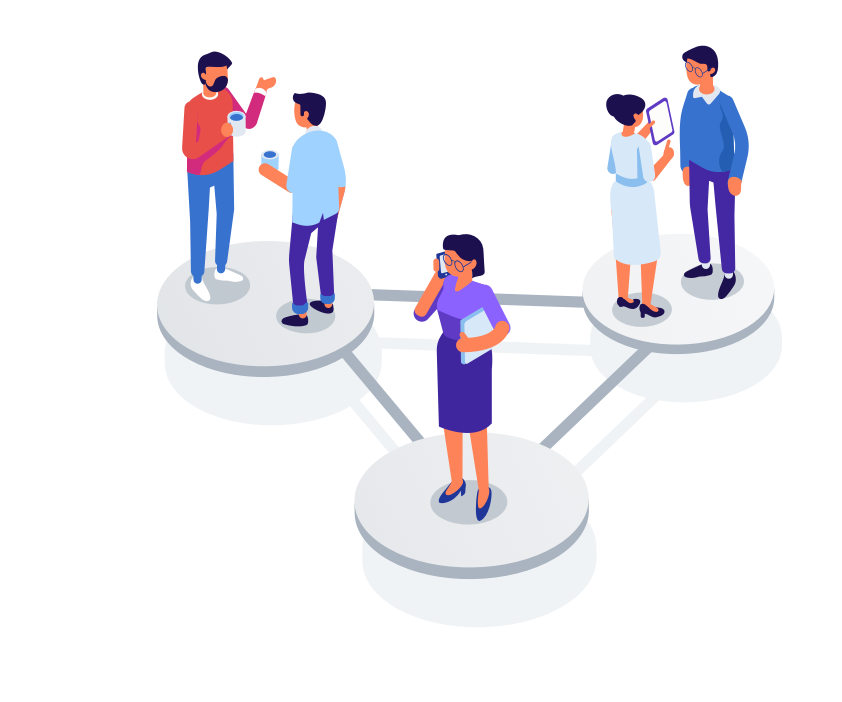Not all the customers of your business share the same requirements and interests. As a result, one message that you have crafted for all your business customers might not appeal to all the customers. Similarly, personalizing a market campaign for individual customers is also not practical. The easiest way to solve this problem is through customer segmentation. In customer segmentation, the customers are grouped into segmentation. Customer segmentation is crucial for the business as it allows it to prioritize the customer’s requirements and engage with the customers better.
What Is Customer Segmentation?
Before discussing the various benefits of customer segmentation, it is crucial to understand the meaning of customer segmentation. In customer segmentation, the business divides the different audiences based on their buying characteristics. For instance, if you are in a business dealing with digital tools, you might like to showcase platforms like What Is My IP to one customer group and an internet speed test to another. Also, you can personalize the messages based on customer segmentation to sell the products. In a way, it helps in target marketing. Furthermore, researchers have indicated that targeted marketing works better to make conversation. Let us now understand why customer segmentation is important for any business.
Focused Messaging
Focused messaging, even though it carries the brand tone, is designed to resonate with a particular group of customers. With focused messaging, you can invest in target marketing to send the exact message that one particular set of customers wants to hear.
Also, customer segmentation makes it possible to choose the right marketing channel for different groups. For instance, one customer segmentation group might prefer email marketing, while others might prefer Instagram reels.
Better Product Development
With customer segmentation, it is possible to understand what products or features of products are most in demand. It further throws insight into the sales of different customer groups. With such information, it becomes possible to prioritize the right element of the business that can bring the biggest revenue for the company. It also helps the business to identify the most profitable leads and invest in them.
Experimentation For Best Outcome
The market is dynamic; therefore, it is important to keep experimenting with different strategies. However, the thing about experimentation is that it can either be a huge success or a risk. Even though hoping for success is important, at the same time, risking everything with risk is also not recommended.
With customer segmentation, it is possible to conduct experiments with a small segment of the customers. By understanding the result of different experiments in different groups, one can know which experiment is a success and which is a failure. Once you know the successful experimentation, you can go ahead with the new strategy for a broader audience.
New Market Opportunities
During customer segmentation, the business often discovers new defining characteristics of a customer cluster. This identification helps open a new market segment and help your business to move in a new direction.
However, to extract the maximum benefit, businesses should monitor the defining characteristics of different customer segments from time to time.
Better Customer Service
With customer segmentation, it becomes easy to identify different customer requirements. As a result, the businesses can identify the customer segments that require better attention to help boost the revenue of the groups.
Overall, the data and information contribute to providing personalized requirements for the customers. The tailored customer care also improves customer loyalty too.
What Are The Different Types Of Customer Segmentations?
The most common customer segmentation involves segmentation based on demography, geography, behavior, and psychographics. This division primarily addresses the questions of who, what, when, where, and why. However, you go beyond these standard criteria to include parameters of lifestyle, preference, loyalty, and value of the customers. Choosing the parameters for customer segmentation to work in the business’s favor.
To define a customer segmentation, first, perform a product analysis. Creating a buying persona is of utmost importance too. Customer segmentation’s third and fourth steps include collecting market data and compiling segments. Lastly and most importantly, keep your focus on the current customers.
Plenty of online software is available, making it easier to segment the customers into different groups for the business. You can try this software and choose the one that best meets your requirements.





